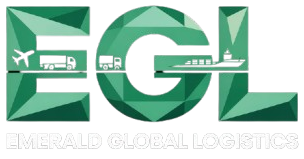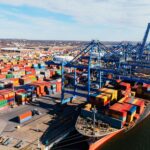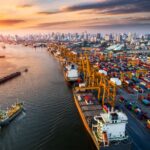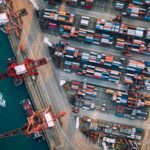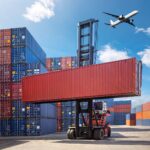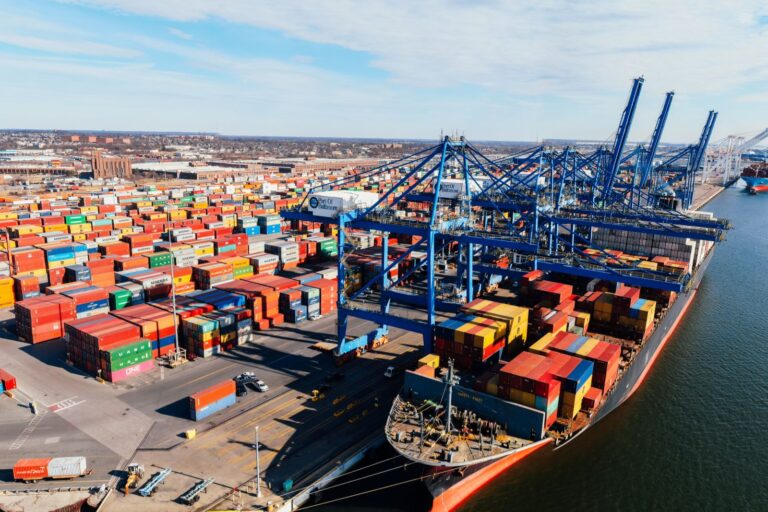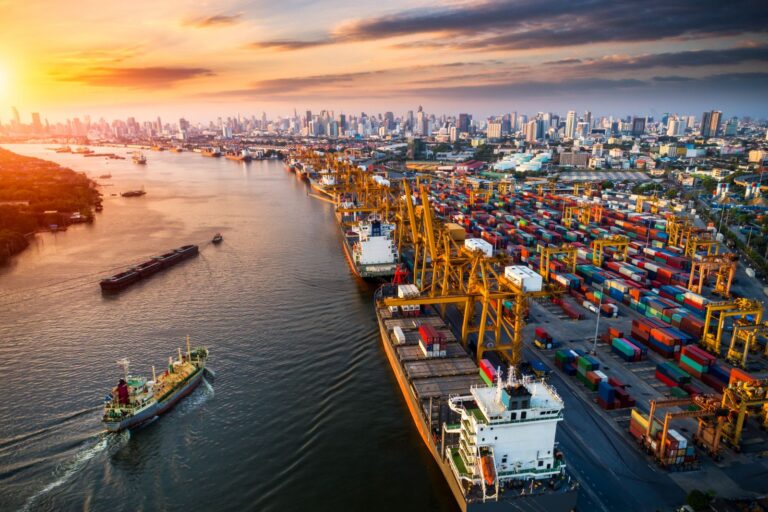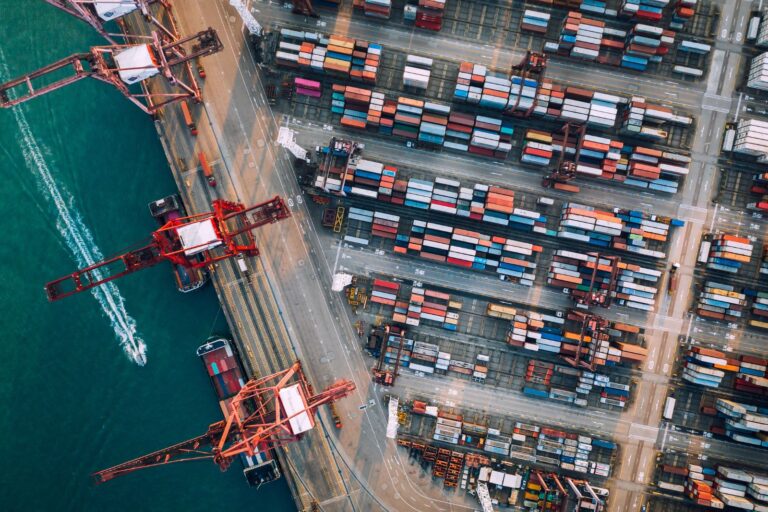Manufacturers in Australia face growing challenges when importing raw materials, components, or finished goods. Delays, compliance issues, and inefficient supply chains can significantly affect production timelines and costs.
This manufacturing import solutions guide provides a complete overview for businesses seeking efficient, reliable, and cost-effective import processes. From managing international logistics to navigating customs regulations, it covers essential strategies to streamline operations. At EGL – Emerald Global Logistics, we provide tailored solutions for businesses across Australia, ensuring timely deliveries and hassle-free import management.
Whether you’re importing machinery, raw materials, or finished products, understanding best practices in manufacturing import solutions is crucial for maintaining productivity, optimising costs, and staying competitive in the global market.
Why Manufacturing Import Solutions Matter (H2)
Benefits for Businesses (H3)
- Efficiency: Faster supply chain processes reduce downtime.
- Cost Savings: Optimised shipping and customs clearance cut expenses.
- Compliance: Avoid fines and delays with proper documentation.
- Risk Management: Reduce exposure to damaged goods or lost shipments.
Advantages of Partnering with Experts (H3)
- Access to global freight forwarding networks.
- Expertise in customs, tariffs, and international trade regulations.
- Tailored solutions for unique manufacturing needs.
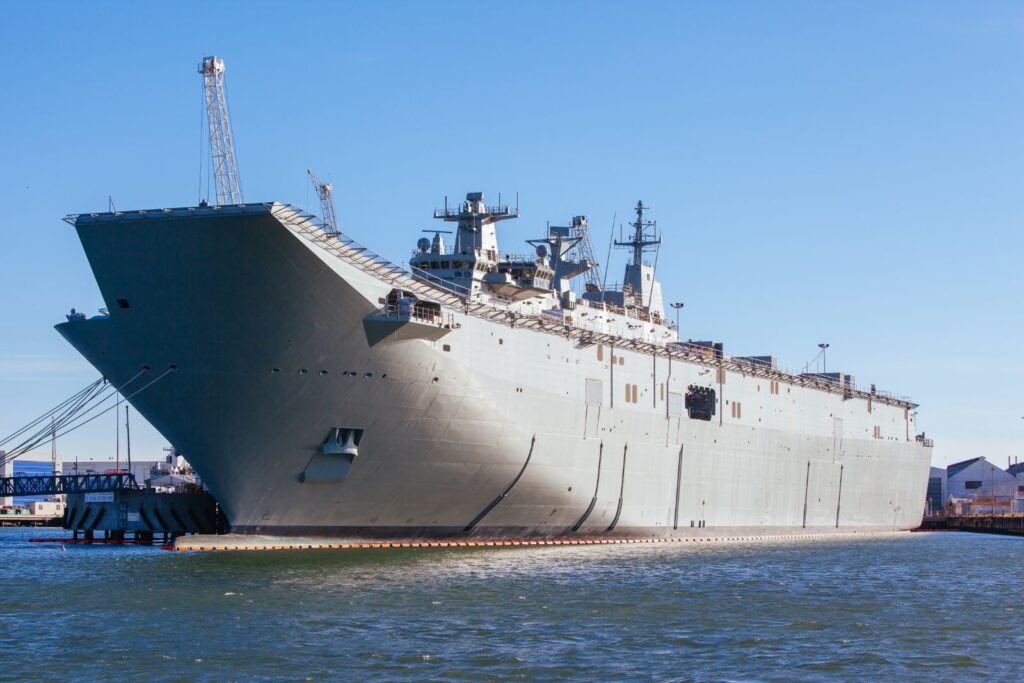
Step-by-Step Guide to Manufacturing Import Solutions (H2)
Step 1: Identify Import Requirements (H3)
- Determine product specifications and quantities.
- Check import regulations and restrictions for each item.
- Consider packaging, handling, and storage requirements.
Step 2: Select a Reliable Logistics Partner (H3)
- Choose a provider experienced in freight forwarding Australia and international logistics.
- Evaluate their expertise in handling manufacturing imports.
- EGL – Emerald Global Logistics offers end-to-end import solutions to simplify operations.
Step 3: Arrange Shipping and Freight (H3)
- Decide between air freight or ocean freight based on urgency, cost, and volume.
- Consolidate shipments for efficiency if importing multiple items.
- Track shipments using modern logistics technology.
Step 4: Ensure Compliance and Documentation (H3)
- Prepare invoices, packing lists, and certificates of origin.
- Submit customs declarations accurately.
- Check for required licenses or permits for regulated goods.
Step 5: Manage Receiving and Warehousing (H3)
- Coordinate unloading and inspection at the port or warehouse.
- Implement proper storage and inventory management.
- Monitor timelines to align with production schedules.
Step 6: Integrate Technology for Supply Chain Visibility (H3)
- Use tracking software for real-time updates.
- Analyse performance metrics to improve efficiency.
- Consider automation for repeatable import processes.
Costs and Pricing Insights (H2)
- Shipping Fees: Air freight is faster but costlier than ocean freight.
- Customs Duties and Taxes: Dependent on product category and value.
- Insurance: Cargo insurance protects against damage or loss.
- Logistics Fees: Handling, warehousing, and freight forwarding charges.
Tip: Planning and working with an experienced logistics partner like EGL can optimise cost-effectiveness.
Tips & Best Practices (H2)
- Keep documentation accurate and up to date.
- Schedule shipments in advance to avoid delays.
- Maintain strong relationships with suppliers and freight forwarders.
- Conduct risk assessments for each shipment.
- Regularly review logistics processes for efficiency improvements.
Common Mistakes to Avoid (H2)
- Underestimating import timelines and customs procedures.
- Failing to secure insurance for high-value shipments.
- Ignoring regulations for hazardous or sensitive goods.
- Overlooking packaging requirements for fragile or perishable items.
- Relying on a single shipping method without alternatives.
Use Cases & Examples (H2)
Case 1: An Australian electronics manufacturer imported components through EGL, reducing customs delays and ensuring timely production schedules.
Case 2: A food processing company relied on ocean freight managed by EGL to import raw ingredients efficiently, lowering costs while maintaining freshness.
Case 3: A machinery manufacturer combined air and ocean freight solutions, achieving optimal balance between cost and delivery speed.
FAQs (H2)
Q1: What are manufacturing import solutions?
A1: They are strategies and services for importing goods efficiently, safely, and cost-effectively into Australia.
Q2: How can EGL help with manufacturing imports?
A2: EGL offers freight forwarding, customs clearance, cargo insurance, and end-to-end supply chain management.
Q3: What’s the difference between air and ocean freight?
A3: Air freight is faster but costlier; ocean freight is slower but more economical for bulk shipments.
Q4: Do I need special permits for manufacturing imports?
A4: Some goods, such as chemicals or machinery, require permits or licenses based on Australian regulations.
Q5: How can I reduce import costs?
A5: Consolidate shipments, optimise freight methods, and partner with experienced logistics providers like EGL.
Conclusion & Call-to-Action (H2)
Effective manufacturing import solutions are essential for Australian businesses to maintain competitive production, minimise costs, and ensure smooth supply chain operations. From compliance and shipping to technology integration, following best practices and leveraging expert logistics support makes the difference.
If you’re ready to streamline your manufacturing imports, contact EGL today for expert support: Contact Us.
Discover more about our services at Home and learn about our expertise on About Us.
